




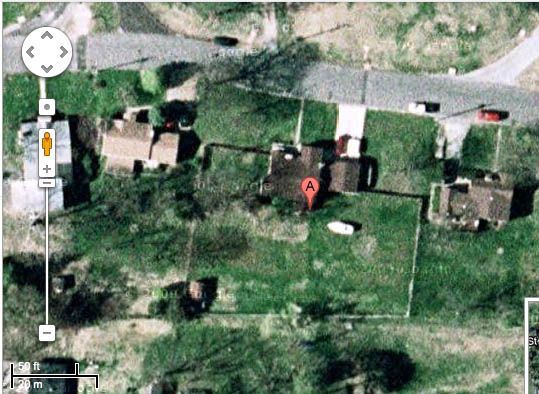
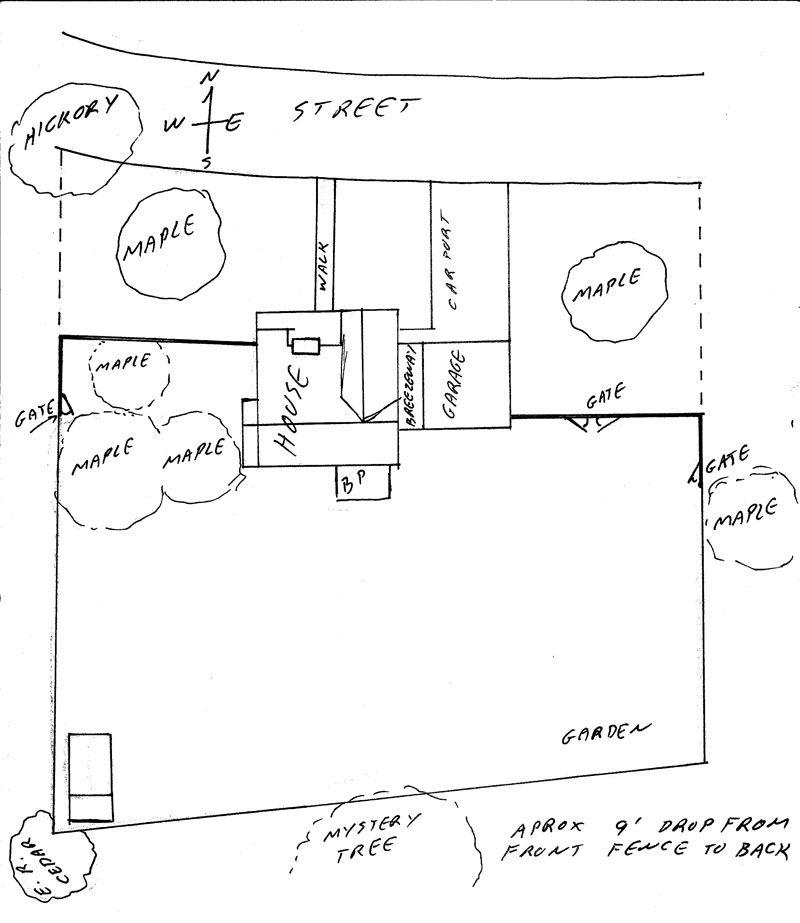
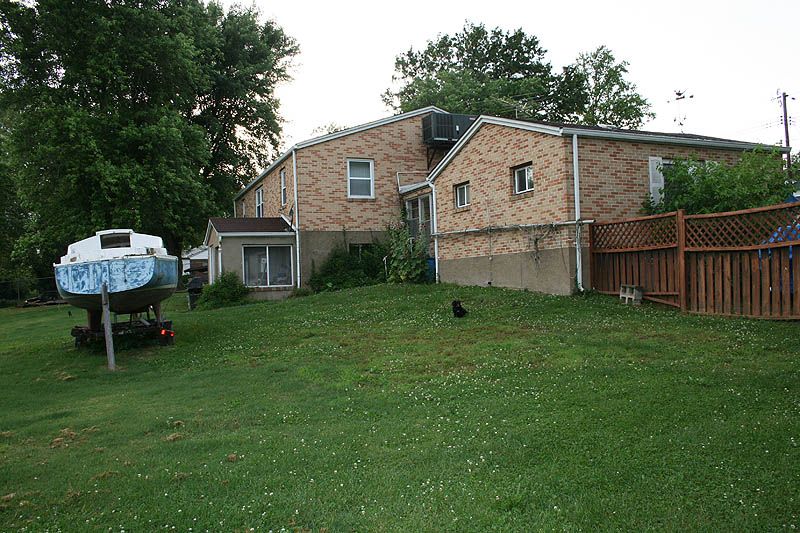
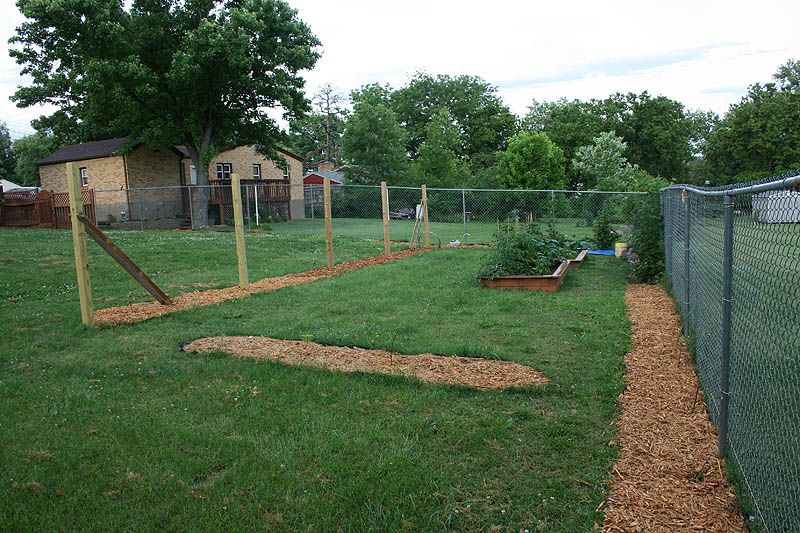
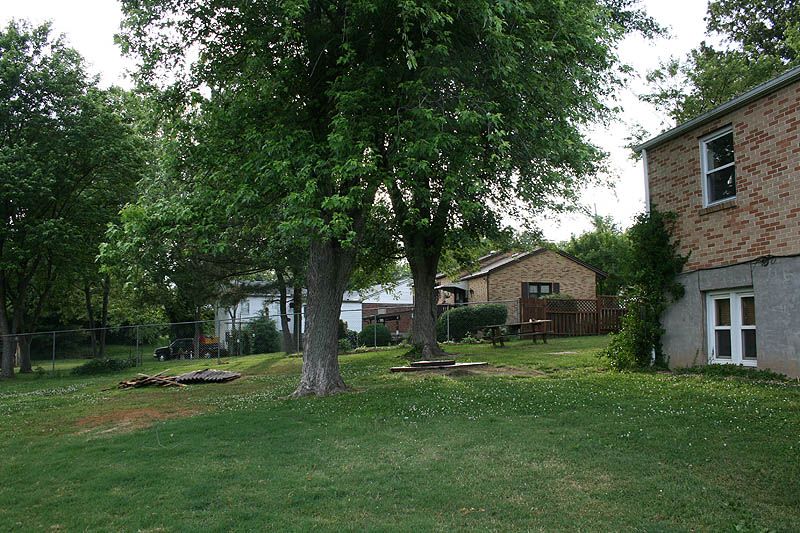

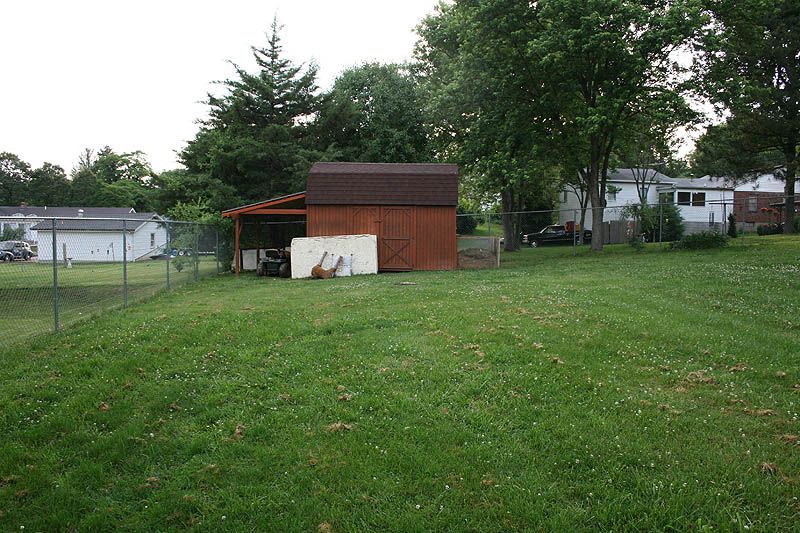




1. my projects









Idle dreamer




Jeanine Gurley wrote:I have only known about permaculture for about a year now. I have been running willy nilly through this project and that and have been pleased with all of the results from techniques that go against everything I have been taught.
So now, I have been looking for some organization. I recently put out a thread on Bill Mollisons Permaculture Techniques pamphlet. In that particular pamphlet the first 5 pages talks almost exclusively about zone 1. So I have made up a checklist of things that he talks about for zone 1 - which is pretty much your back yard. This is helping me to have some sense of organization. Once I have completed all of the items that he talks about in zone 1 then I will move outward.
I am aware that a lot of what he says goes against all conventional teaching and processes - and that is exactly why I want to try each and every one of his suggestions. If he had followed all of the scientifically proven practices then we wouldn't have permaculture today. I'll try them, and if they don't work then I'll try something else.
I did the strawbox for potatoes already. I also already have one small pond and one teeny water feature full of tadpoles. As soon as the tadpoles mature I am going to modify them even further to match his suggestions.
My process is really backward though - according to his suggestion you should first determine your paths through zone one and then base your garden on that. So that will be next on my list.
So if you get a chance I would suggest that pamphlet and see if that helps with a layout and plan for your yard.




Brenda
Bloom where you are planted.
http://restfultrailsfoodforestgarden.blogspot.com/




John Polk wrote:It sounds like your rainfall is close to ideal. The common wisdom in vegetable growing is that you need 1 inch per week of water. You are close enough to that in rain, that you ought to be able to catch enough on roofs to make up the difference for the growing season.
I have heard repeatedly that earthworks should start at the top, and go downhill. With your layout, I would probably do the exact opposite. Since any runoff you have will be leaving your property, I would say a hugelbed near the south fence will capture (and store) any runoff before it goes to your neighbor's yard. With some luck, the hugelbed would receive enough water throughout the year to not need watering in the drier summer months. Since it is farther from the house, you probably don't want to drag hoses there every week.
The breezeway may not get enough sunlight to be a great growhouse, but could certainly protect some less hardy plants in winter time.
Good luck, and keep us posted.




Brenda Groth wrote:if you want some nearly instant summer screen on your fencing or property lines or by the road you could easily plant some jerusalem artichokes ..but don't put them in that small garden area..too invasive for that..they will grow 8 to 10 feet tall and have a beautiful flower in fall..you can search Jerusalem Artichokes on this forum for photos and links and info..OR you could plant evergreens to screen your neighbors..esp on that north road side and front yard..that will give you tons of privacy but also will eliminate a lot of road/neighbor noise pollution etc..Make sure you take into account mature width and height.
the fact that you have a south facing back yard and most of your trees are nearer the house is great, try reading Gaia's Garden by Toby Hemenway




Iterations are fine, we don't have to be perfect
My 2nd Location:Florida HardinessZone:10 AHS:10 GDD:8500 Rainfall:2in/mth winter, 8in/mth summer, Soil:Sand pH8 Flat

|
I'm a lumberjack and I'm okay, I sleep all night and work all day. Lumberjack ad:
The new gardening playing cards kickstarter is now live!
https://www.kickstarter.com/projects/paulwheaton/garden-cards
|



